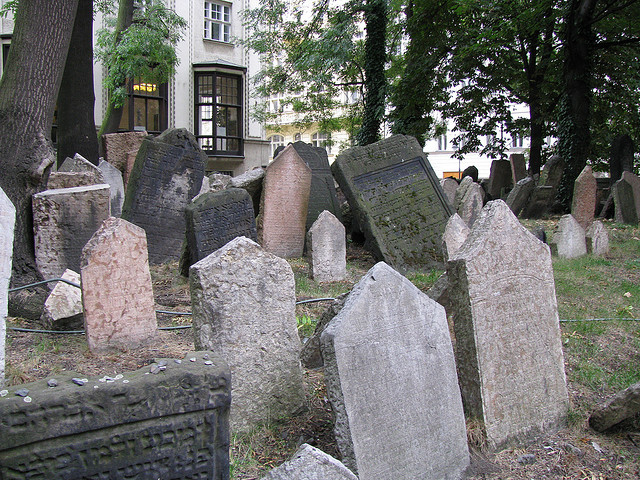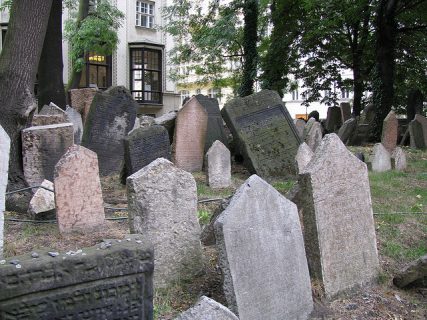Recently the New York Times ran a story on a funeral home in New Orleans that offers funerals I heard described “like wax museums, but with an expiration date.” It has become the place to go if you want to have a funeral where the corpse doesn’t have to be lying down.
Instead of being supine in a box, granny can sleep in her rocker. With sunglasses on, a woman sits at a table with a can of beer in one hand and a cigarette in the other. A young boxer, who’d been shot to death, is propped in the corner of a fake boxing ring, seemingly ready to float like a butterfly and sting like a bee.
There’s nothing “fun or funny” about these tableaux-not-so-vivants, says the VP of a Puerto Rican funeral home that offers such services. Instead, these feats of preservation and prop placement allow grieving families “literally [to] suffer less, because they see their loved one in a way in which they still look alive.”
Except, they’re not, which is, after all, kind of the whole raison d’etre of funerals.
These funerals — still unusual enough that, I suspect, most of us would regard them as outlandish and strange — are, I suppose, more or less a logical step forward from the state of American funerary practices brilliantly and hilariously skewered by Jessica Mitford in her nonfiction classic The American Way of Death.
A much anthologized chapter of that book emphasizes that most, if not all, of funeral practices aim at lessening the weight and finality of death. It’s about lessening the weight of the living folks’ wallets, too, of course, but it’s also a kind of morbid retail therapy that absolves people from having to confront the horror and finality of death too directly: all the embalming and cosmetic restoration to give a “life like” appearance bespeaks, I think, an essential discomfort with death.
In a story told at a Moth event, Siddhartha Mukherjee, an oncologist at Columbia University Medical Center and the author of the Pulitzer Prize winning The Emperor of All Maladies: A Biography of Cancer, recalled his cranky little grandmother’s death, and how he and his father immolated her body along the Ganges River, where up and down the banks other families did the same with their dead, the burning bodies dissolving into light and ash.
Years later, in Boston, he attended a funeral, and was dumbstruck at the sight of lipstick on a corpse at an open casket funeral. Soon after he asked his medical residents whether they had ever lifted a dead body, ever witnessed the last, gasping breath of a dying person, ever watched the light go out of a human being’s eyes. He was not surprised that few of them — few of these doctors, knew the weight, the gravity, of death.
“We are actively forgetting how to die,” he said.
This basic point has been expressed in two recent, related books — Rob Moll’s The Art of Dying and Katy Butler’s Knocking on Heaven’s Door. When I reviewed them together, I reflected on my grandmother’s ‘good death.’ After the NYT article came out, I called my mom to ask what my grandmother’s (her mother’s) Jewish funeral meant to her.
(In Jewish funerals, there are typically no viewings. One resources notes that “tradition teaches us that it is disrespectful to look at a person who cannot look back.”)
“You actually threw dirt on her coffin with a shovel when it was in a hole in the ground,” I said. “You didn’t place a rose on a casket well above the ground. What was that like?”
“I was glad it was that way,” my mom said. “I’d been with her from the start of her illness to the very end, and this was real closure: it was real, she had really died, was really getting buried, was really getting covered by dirt. She wasn’t just…disappearing.”
What is lost when we turn funerals into parties that actively deny the finality of death? In seeking to alleviate pain by posing dead people in ‘lifelike’ poses, do we not save up a different kind of pain for later?






